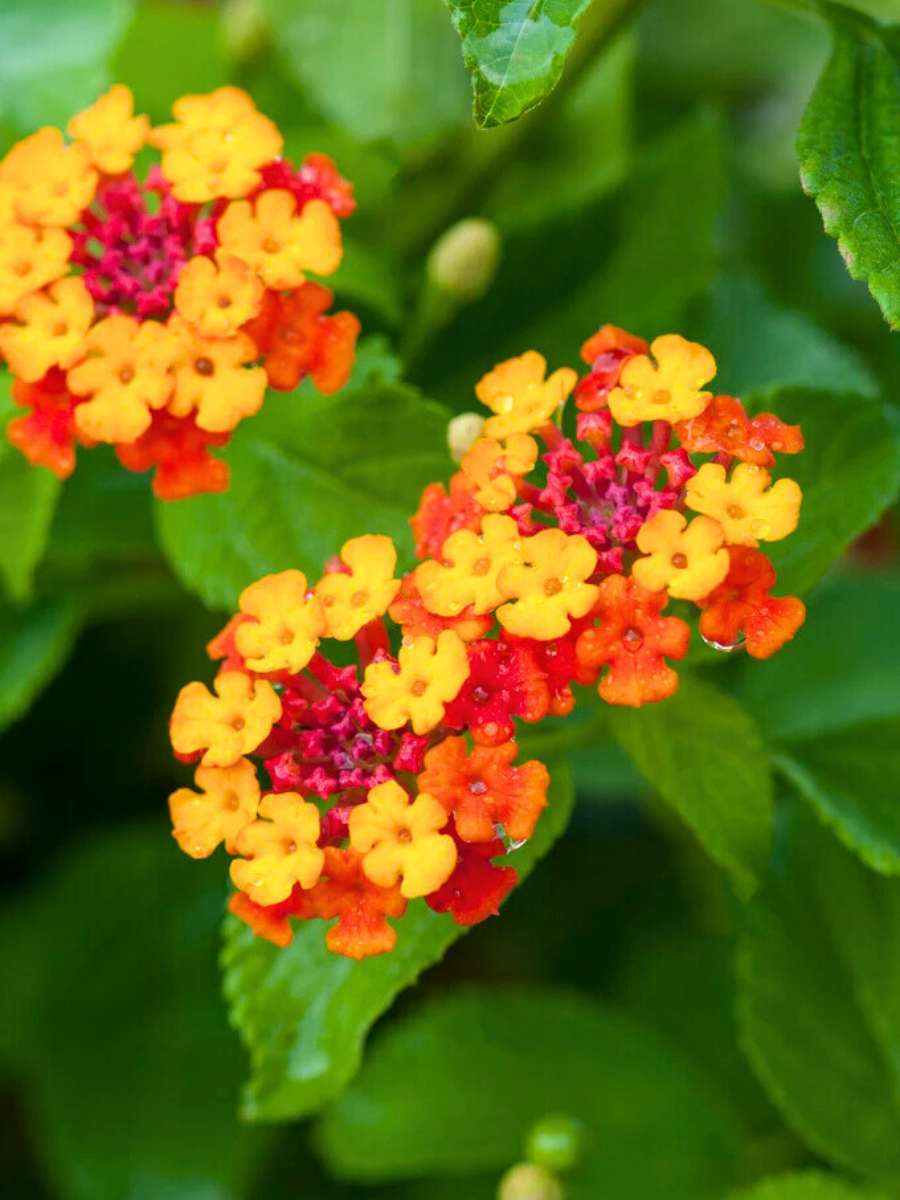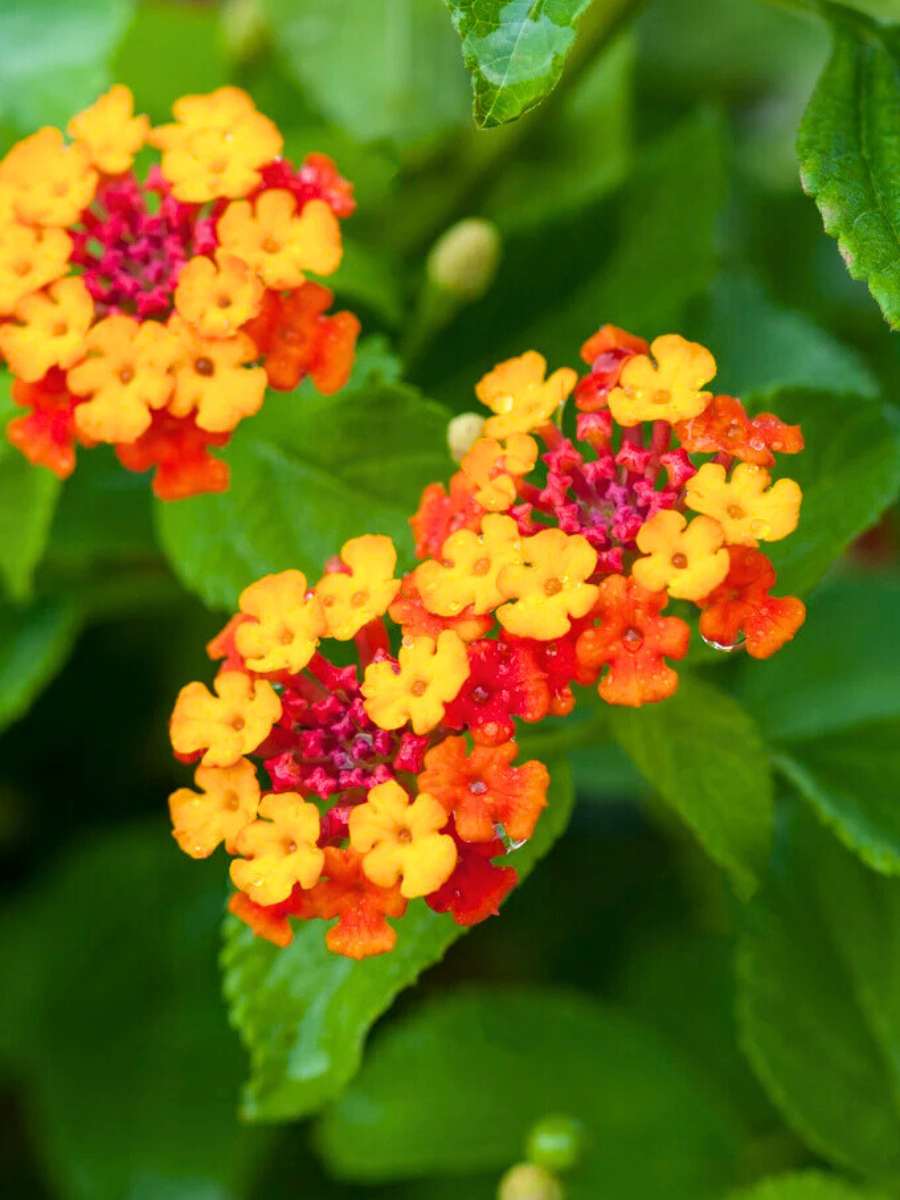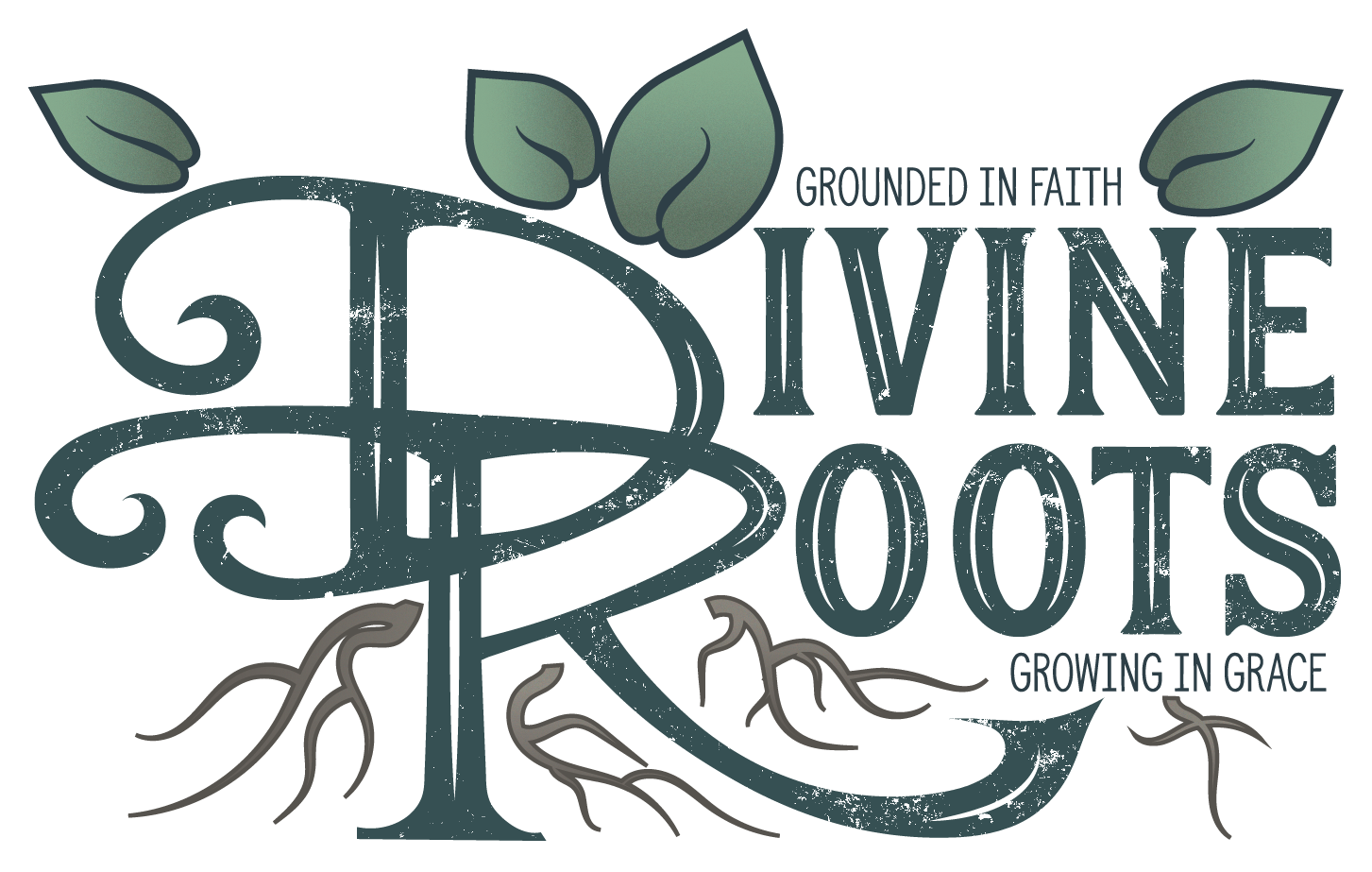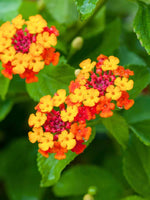
Lantana Dallas Red (Rooted Starter Plant)
Estimated delivery between 31 October and 02 November.
At Divine Root, we are committed to delivering healthy, high-quality indoor plants to our customers. While we do not accept returns due to the perishable nature of live plants, we offer a 30-day plant health guarantee and store credit for qualifying issues. Please read our Refund Policy carefully to understand how we handle concerns regarding plant health, shipping, and order

Care Guide & Presentation
Lantana Dallas Red (Rooted Starter Plant): Overview
The Lantana Dallas Red (Lantana camara 'Dallas Red') is a hardy perennial from the Verbenaceae family, prized for its fiery red and orange blooms and long-lasting performance. Native to tropical and subtropical regions of the Americas, this lantana is a pollinator favorite, drawing in butterflies, bees, and hummingbirds from spring until frost. As a rooted starter plant, you will receive a young, healthy plug with a strong root system, carefully grown and ready to be transplanted into your garden bed, border, or container. Once planted and given the right care, your Dallas Red Lantana will quickly establish and grow into a bushy shrub that fills spaces with vibrant color.
Like most lantanas, Dallas Red is toxic if ingested by pets or livestock. Always plant in areas that are safe from curious cats, dogs, or grazing animals.
Benefits
- Arrives as a rooted starter plant, ready to transplant.
- Produces clusters of red-orange flowers from spring until frost.
- Attracts butterflies, bees, and hummingbirds.
- Heat-loving, drought-tolerant, and low-maintenance.
- Suitable for containers, walkways, and sunny garden beds.
Care Guide
With the right care, your rooted starter plant will quickly establish and reward you with months of vibrant blooms.
Light and Water
- Light: Needs full sun for at least 6 hours daily.
- Water: Keep evenly moist during the first weeks after transplanting. Once established, water when the top inch of soil is dry. Avoid overwatering.
Soil and Fertilization
- Soil: Prefers well-draining sandy or loamy soil.
- Fertilizer: Feed lightly with a balanced, slow-release fertilizer during the growing season.
Temperature and Humidity
- Temperature: Best in warm climates, 20-32°C. Not frost-tolerant.
- Humidity: Handles normal outdoor humidity well with good airflow.
Pruning, Propagating, and Repotting
- Pruning: Pinch or trim tips of young plants to encourage branching and fuller growth.
- Propagating: Easily propagated by stem cuttings.
- Repotting: If kept in containers, move to a larger pot as the plant matures.
Common Problems
- Overwatering: May cause root rot. Allow soil to dry between waterings.
- Pests: Can attract aphids or whiteflies; treat with insecticidal soap.
- Leaf Yellowing: Often due to poor drainage or excess water.
Best Location and Uses
- Perfect for sunny borders, garden beds, and pathways.
- Great for pollinator gardens, attracting butterflies, bees, and hummingbirds.
- Works well in patio containers or hanging baskets.
- Excellent for drought-tolerant and heat-loving landscapes.


